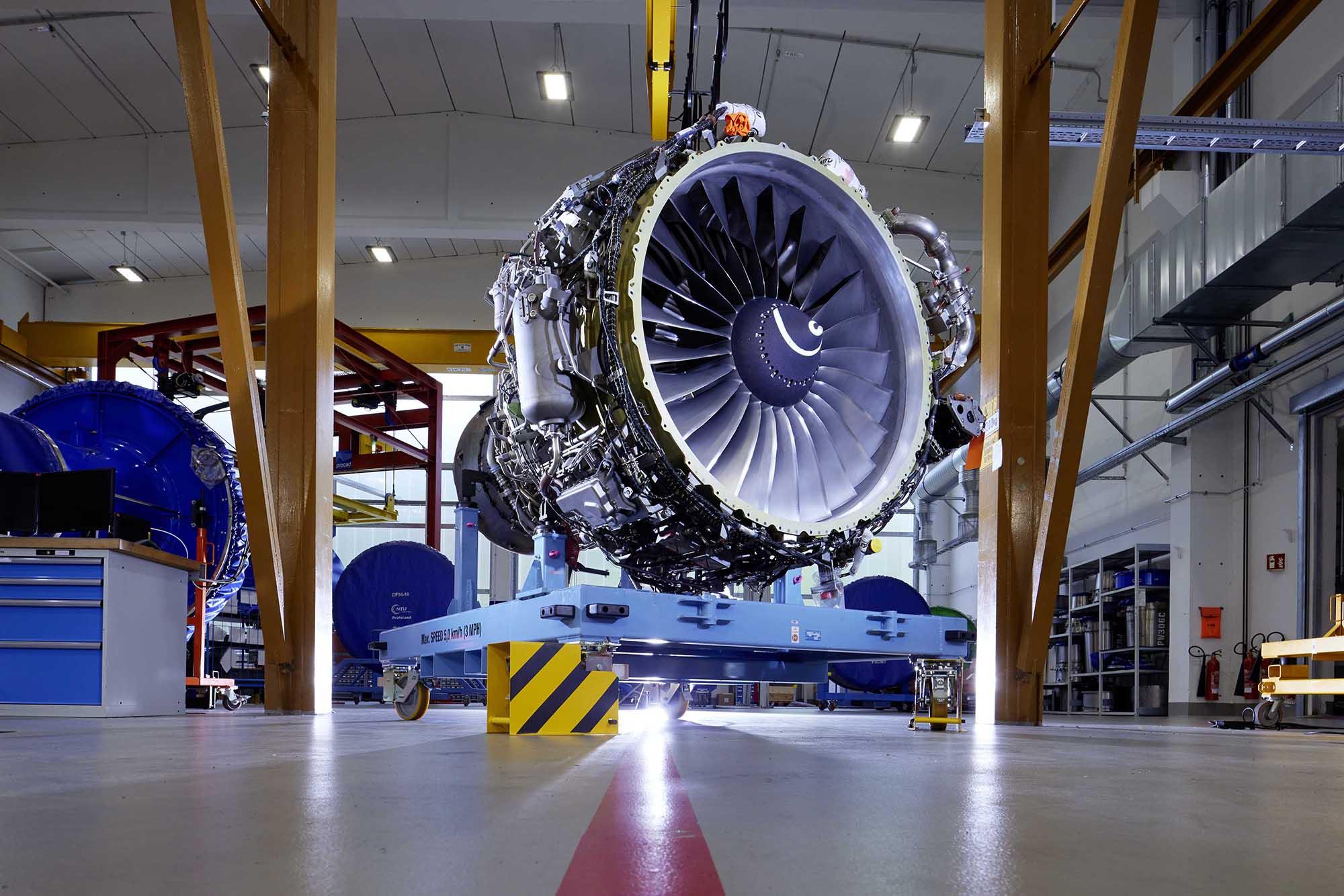
As engine MROs tried to conserve cash during the COVID-19 crisis, much of their investment in technology innovations paused in line with reduced demand for engine activity. However, some MROs and technology-focused startups believe investment in new technology will be key to meeting growing demand with fewer resources as engines come back into service and the industry sees a flurry of activity in teardowns and lease returns or transfers.
During a panel on technology innovations at Engine Leasing, Trading & Finance (ELTF) Virtual, MTU Maintenance asserted that continued focus on technology can help engine MROs as they come out of the pandemic. According to Remko Bruinsma, head of technical asset management at MTU Maintenance Lease Services, the MRO continued to invest in technology innovation during the pandemic, launching multiple projects over the last 12 months. In addition to the use of technology for automated parts recognition and parts failure recognition, it has been testing the use of artificial intelligence (AI) for maintenance processes and damage detection. It is currently using AI based software from Aiir Innovations for engine borescope inspections, which Remko says has produced very promising results—both in the shop and for MTU’s lease services.
“In the shop, it’s still the human that has the final say on everything, but it can guide the borescope inspector to damages in areas that he normally would not expect,” says Remko. Using Aiir’s technology, MTU is able to share borescope inspections with customers worldwide, despite travel restrictions. “We’re able to do fast uploads, have the AI verified videos and point to certain damages in a matter of minutes, and that’s helpful for us in our review process,” he says.
Bart Vredebregt, CEO of Aiir Innovations, notes that the use of AI is meant to support human inspectors in decision making. “Instead of watching thousands of blades passing by you should be watching the 10 most interesting ones,” he says. “That really will speed up the processes, make sure that everybody gets the same information and that, in the long run, life becomes easier for everybody.” In addition to MTU’s investment in the technology, EasyJet just announced a trial using Aiir’s AI powered borescope software.
Making a technician’s life easier will also be important as the industry picks back up again with fewer resources. “Through the pandemic, lots of organizations have had to cut down on their resources, so the employees that they currently have now are operating at a fraction of what they were before,” says Jason Cordoba, CEO of startup CordobaQ, a consulting company aimed at helping aviation businesses unlock their software potential. “They want to make sure that their employees are at their most optimal and most efficient.”
Cordoba notes that while many engine MRO shops and facilities have invested in very sophisticated software, many still are not using it to its full capabilities. To enable better process automation, Cordoba suggests that one path is to get databases to begin talking to each other while cutting out the middleman, such as during the processing of repair orders.
“If we’re sending thousands of repair orders to shops to get repaired and if there are flat rate contracted agreements in place, why do we need somebody on the other side to approve the work scope when the arrangements and the agreements have already been in place?” argues Cordoba. He suggests that if companies can get two databases to talk to each other, approvals can occur automatically so employees are not wasting time creating and approving orders.
Another process that could benefit from automation, says Cordoba, is engine teardowns where employees are stuck manually booking thousands of parts, which entails taking multiple photos and loading them into software. He points out that software providers such as Component Control offer mobile apps that can be used to make the process more efficient. Technicians using software like this can take a photo using a tablet, the software automatically scans the photo and compares it against a stock line, and the part can be booked into the system seamlessly from the app.
While the vast majority of the ELTF panel’s audience expressed its belief during audience polling that new technologies can make engine MRO more than 10% efficient, they were still skeptical that technologies such as augmented reality (AR) could make much of an impact compared to technology for digital documentation, process automation and inspections.
However, Remko points out that MTU sees potential in visualization technologies and AR. The company has a pilot project running as part of its on-site services that is focused on guiding engineers on-site through certain working procedures while connected with experts from their home base. Although MTU has also conducted some tests for the use of visualization technologies during shop processes, Remko says he believes the major benefit lies in remote expert scenarios.





